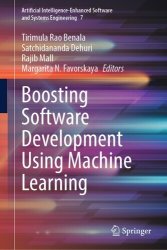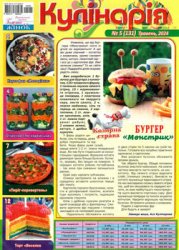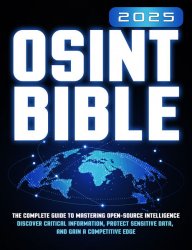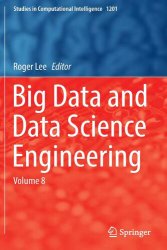 Название
Название: Healthcare Recommender Systems: Techniques and Recent Developments
Автор: Simar Preet Singh, Deepak Kumar Jain, Johan Debayle
Издательство: Springer
Год: 2025
Страниц: 379
Язык: английский
Формат: pdf (true)
Размер: 20.5 MB
The book explores the complete system perspective, underlying theories, modelling, and the applications of pattern recognition in Healthcare Recommender System. Considering the interest of researchers and academicians, editors here aim to present this book in a multidimensional perspective that will be covering Healthcare Recommender Systems in depth, considering pattern recognition techniques using amalgamation of emerging technologies. Among these cutting-edge advancements, Healthcare Recommender Systems have emerged as powerful tools, poised to transform the healthcare landscape by providing personalized and evidence-based recommendations to patients, clinicians, and healthcare providers. Leveraging the competences of Machine Learning (ML) procedures, Big Data analytics, and patient-specific information, these systems hold the promise of improving patient outcomes, enhancing clinical decision-making, and optimizing healthcare resource allocation. The suggested system is constructed using IPFS for off-chain storage, permissioned Hyperledger Fabric, Blockchain, and Hyperledger Composer. A web user interface built using Python, HTML, CSS, Node JS, Kafka Ordering Service, Keras, and TensorFlow Backend has been used for the entire implementation process.
 Название: Роспись по шелку: основы мастерства
Название: Роспись по шелку: основы мастерства




 Название: Вышиванка
Название: Вышиванка 


